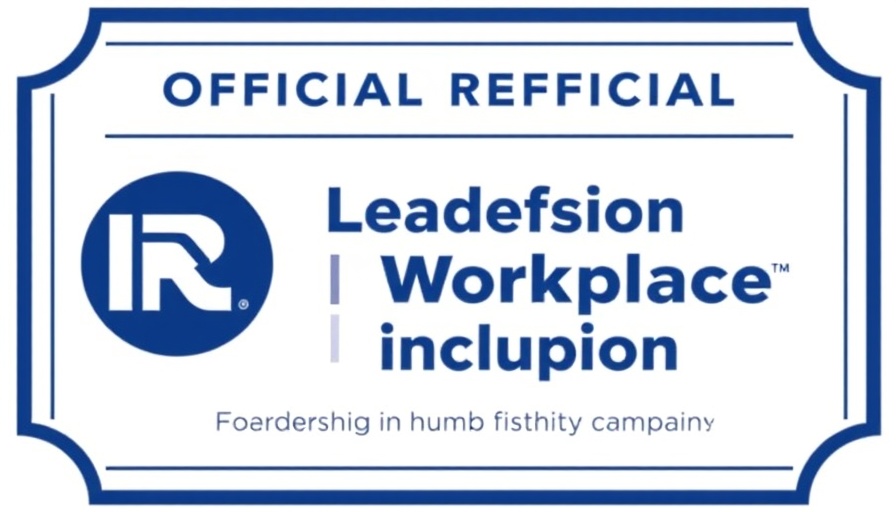
The Rise of Interfaith ERGs
In the rapidly evolving corporate landscape, Interfaith Employee Resource Groups (ERGs) are gaining significant traction. Each year, leaders from Fortune 500 companies gather to explore how faith can positively impact business dynamics. At this year’s ‘Dare to Overcome’ conference, a diverse set of participants exchanged valuable insights on building successful ERGs focused on interfaith dialogue and collaboration.
Success Stories and Community Building
One predominant theme among ERG participants was the success of high-impact events that bring communities together across different faith backgrounds. For example, the 'Season of Light' celebrations and interfaith panels like 'What is Love?' helped foster a culture of empathy and shared understanding. Notably, these events not only celebrate diversity but also attract potential members and enhance employee engagement.
Tackling Challenges Together
Despite their successes, ERGs also encountered challenges, including building sustained engagement and navigating diverse opinions within groups. To overcome these, leaders implemented innovative community-building practices such as regular conversation circles and story-sharing events. By facilitating spaces where individuals can explore varying viewpoints, they mitigated conflicts and nurtured deeper connections.
Future Opportunities for Corporate ERGs
As the landscape of workplace diversity grows, Interfaith ERGs have the potential to transform corporate culture. By prioritizing inclusivity, these groups can drive meaningful dialogues around faith and common purpose, ultimately contributing to enhanced morale and productivity. For organizations looking to capitalize on ERG momentum, these insights can serve as a roadmap for success.
Join the Movement
Integrating interfaith dialogue into corporate culture is not just beneficial—it's essential. Organizations looking to lead in this evolution should consider implementing interfaith initiatives. Strengthening these initiatives can lead to constructive conversations, greater employee satisfaction, and a more cohesive workplace.
 Add Row
Add Row  Add
Add 




Write A Comment